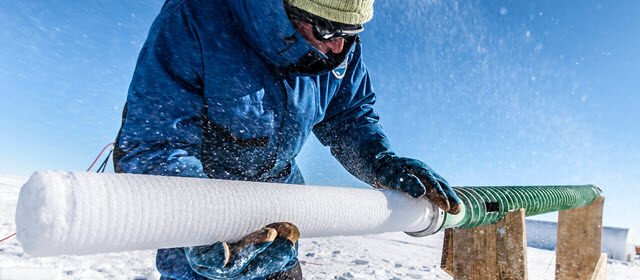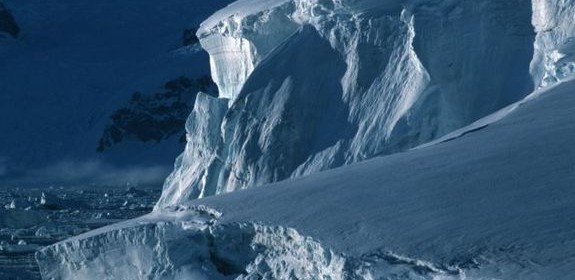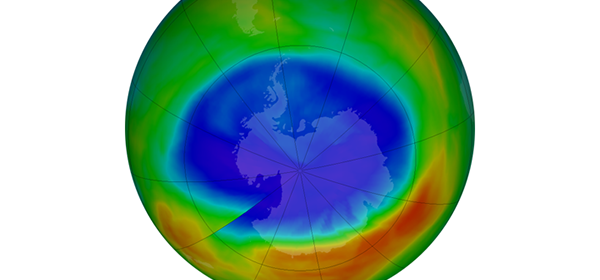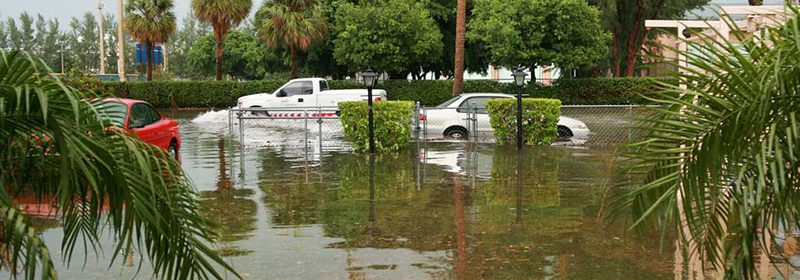Wages set to fall unless warming is tackled
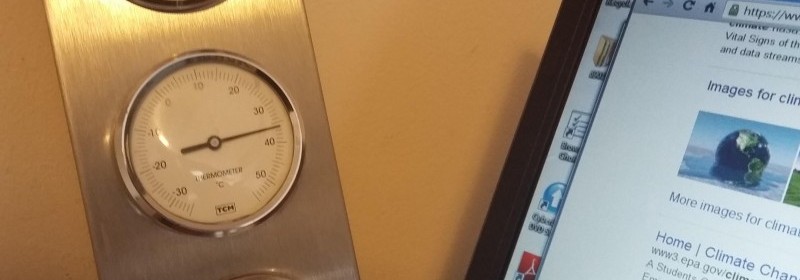
Researchers say the economic costs of failing to take action on climate change will be much greater than previously thought – with average global incomes cut by almost a quarter. Even the strongest economy can overheat. As soon as the average annual temperature goes beyond 13°C or 55°F, productivity starts to drop. And, unexpectedly, new research in the US shows […]
Read more

